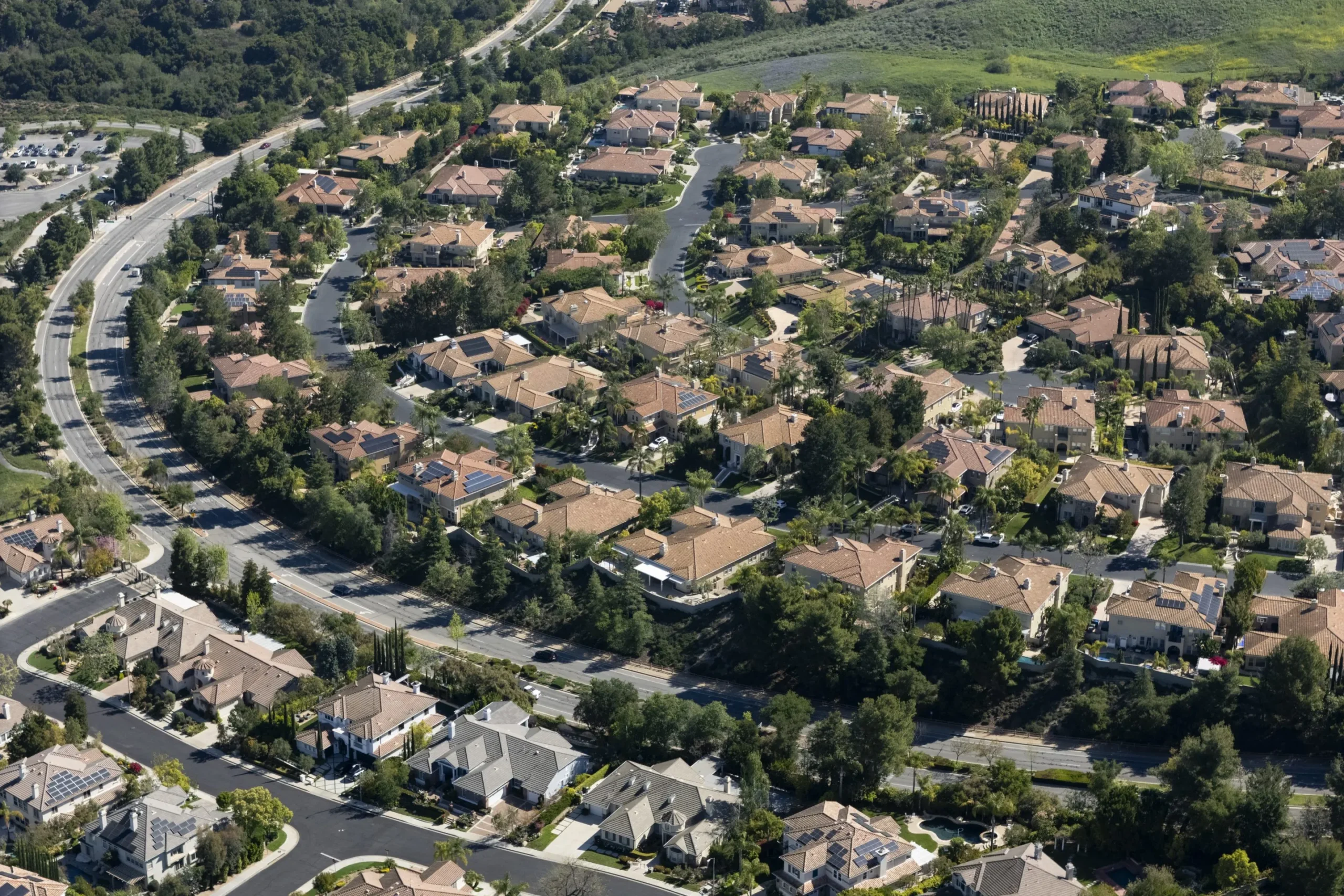Persistent economic uncertainty has dealt a dual blow to the housing sector: slower home sales and reduced construction activity. Last month marked the slowest April for existing home transactions in over a decade and a half, deflating hopes that spring would revive the market after two sluggish years.
According to a May industry survey on builder confidence, optimism among home builders fell to levels last seen in late 2023. The cost of housing remains a significant obstacle: high prices continue to put ownership out of reach for many potential buyers. Additionally, trade tensions and tariffs under the previous administration have added to construction costs and market unpredictability.
This dynamic has left the market stuck — builders are willing to build and buyers are eager to purchase, but economic ambiguity is causing hesitation.
Construction Faces Headwinds
A drop in demand is the first challenge. Many individuals who wish to buy homes simply cannot afford current prices. Since the pre-pandemic era, home prices have surged by nearly 50%, and mortgage rates have recently climbed to 6.86%, a steep rise from the 2.65% lows during the pandemic. The national median price for existing home sales reached a record for April at $414,000, continuing a 22-month streak of annual increases.
Despite strong job creation across the country, home sales are still just 75% of pre-2020 levels. According to the chief economist of a leading real estate association, demand for housing is building up, but remains unrealized. A notable drop in mortgage rates could unlock that demand.
The supply side also faces difficulties.
In April, construction of single-family homes declined, as reported by federal data. Indicators like building permits, new starts, and completions all trended downward year-over-year. Permits for multi-unit buildings have also dropped by over 5% so far this year, potentially reducing future supply.
Trade policy has added another layer of complexity. A key issue is the cost of Canadian lumber, which is integral to most single-family homes. Currently, a 14.5% tariff is applied, up from 8.05% last August, with a potential increase under review by the Department of Commerce. Lumber costs have risen approximately 16% over the past year.
While some industry groups argue tariffs are not the primary cause of higher home prices, others point to the cumulative effect of duties on materials. Softwood components — including lumber and millwork — contribute significantly to overall construction costs, with estimates suggesting tariffs are adding nearly $11,000 to the price of a typical single-family home.
A recent industry survey found that 78% of builders are struggling to price their homes, unsure of both construction costs and market value. When costs rise and prices can’t follow, production tends to slow.
Additionally, increased listings of existing homes have intensified competition. The available inventory is now over 20% higher than a year ago. Builders may have to cut prices to compete, as reflected in the May survey, where 34% of builders reported reducing prices — up from 29% in April. Despite a brief uptick in new home sales that month, overall numbers for the year remain slightly down.
Buyers Hit Pause
Many people had been hoping to purchase homes this spring, but rising rates, job concerns, and financial market volatility have made them cautious. Buyers are increasingly opting to wait.
Kassandra Ford, a 32-year-old biology professor, is one such buyer. She and her mother planned to purchase a home together in the Twin Cities after her mother sold her house in South Carolina. The sale took several months, and by the time they began house-hunting in Minnesota, they encountered fierce competition.
After being outbid twice — once at the listing price and once with an offer $15,000 above — they chose to step back.
“I’m still checking listings occasionally,” Ford said. “But instead of every day, it’s just once or twice a week now. It definitely feels like we’re in a holding pattern.”
Instead of committing to a mortgage, Ford renewed the lease on her two-bedroom apartment, and her mother moved in. “Sharing expenses makes a lot of sense right now, especially with the broader economic picture,” she said.
They intend to resume their search in a future season. In the meantime, they’ll continue saving for a larger down payment.
“We’re staying put for now, watching the market, and waiting for the right moment,” Ford said.



